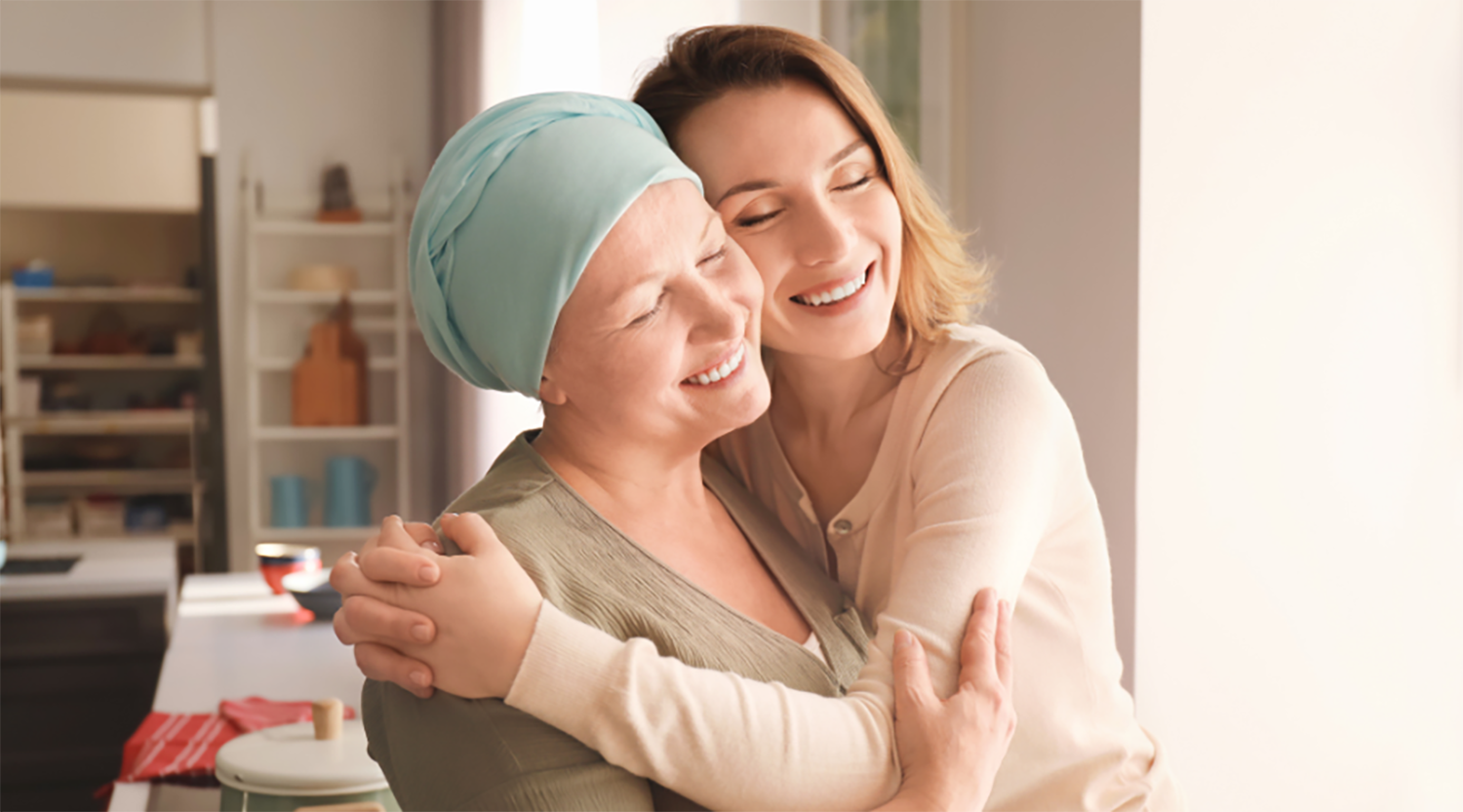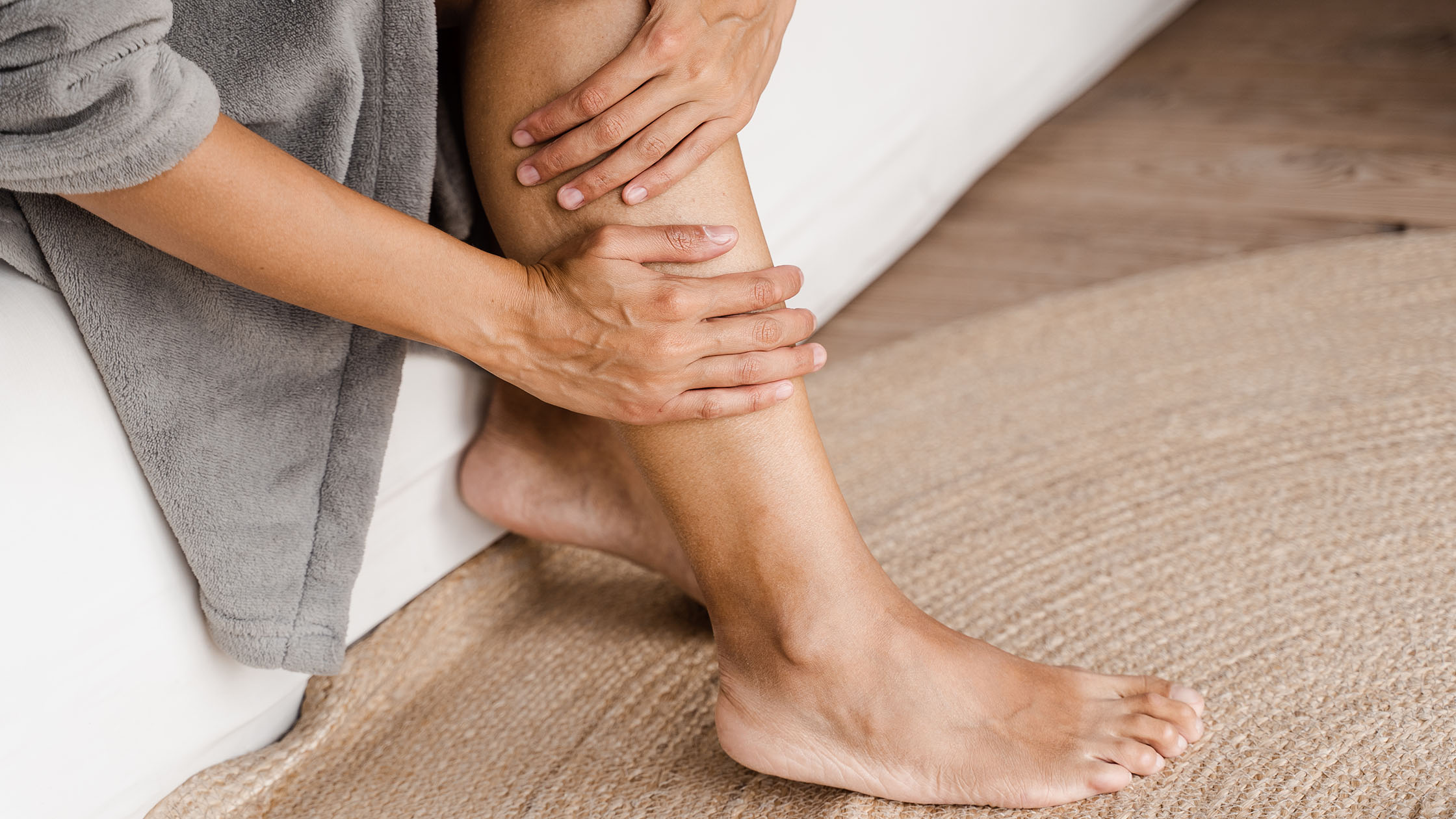- Does Cancer Raise Blood Clot Risks?
- Does Chemotherapy Cause Blood Clots?
- How to Prevent a Blood Clot
- Does Cancer Cause Varicose Veins?
Research suggests a possible connection between cancer and varicose veins. The National Library of Medicine reports that varicose veins occur in up to 60% of individuals during or after cancer treatment.
Now, you might wonder, how does cancer influence vascular health? Does this connection hold weight for those fighting this disease? At St. Johns Vein Center, we understand the importance of educating individuals about the multifaceted aspects of vein health, and we don’t want your questions to remain unanswered.
Does Cancer Raise Blood Clot Risks?
A common side effect of cancer and its treatments is the development of blood clots. Although the exact link between cancer and the risk of varicose veins or deep vein thrombosis (DVT) remains somewhat elusive to researchers, there are compelling indications. Some experts suggest that this association might be attributed to tissue damage and inflammation, which activate blood clotting. Additionally, tumors release certain chemicals that can trigger clot formation.
Approximately 20% of detected blood clots occur in individuals with cancer. This underscores the heightened vulnerability of cancer patients to developing clots. Intriguingly, the presence of blood clots sometimes serves as a potential indicator of undiagnosed cancer.
Researchers found that 10% of those diagnosed with deep vein thrombosis who do not have cancer might receive a cancer diagnosis during their clot assessment or within the subsequent year or two.
Despite the precise mechanisms remaining uncertain, the evident correlation between cancer and the risk of blood clots emphasizes a clear connection that warrants attention and further investigation.
What Are the Symptoms of a Blood Clot?
Varicose veins or deep vein thrombosis (DVT) can manifest without any apparent symptoms in many cases. However, if symptoms arise, you might experience:
- Pain in your leg muscles or calf
- Swelling
- Tenderness
- Potential discoloration
- Itching or burning sensations
It’s imperative to seek immediate medical attention upon noticing these symptoms.
Blood clots originating in the leg have the potential to dislodge and travel to the lungs, precipitating a critical condition called pulmonary embolism (PE). A swift diagnosis of blood clots is important to initiate treatment, mitigating the risk of a life-threatening PE. Identifying and addressing blood clots early decreases the chances of a potentially severe pulmonary embolism.
Does Chemotherapy Cause Blood Clot Risks?
Although doctors and researchers cannot pinpoint the exact cause of the increased risk of chemotherapy-associated blood clots, many believe these drugs may lessen the body’s synthesis of specific proteins that generally prevent blood clot formation.
Chemotherapy treatments targeting myeloma or colon cancer are particularly associated with an elevated risk of blood clots. If your doctor prescribes a combination of medications, this combination may further amplify the clotting risk. However, it’s not solely chemotherapy that poses this risk. Surgical procedures to remove cancerous growths can also heighten the likelihood of developing blood clots. In truth, the majority of surgeries inherently carry this risk.
Can I Receive Blood Clot Treatments During Chemotherapy?
If you receive chemotherapy, it’s important to address and treat any potential blood clots. Typically, your doctor will prescribe a blood-thinning medication for this purpose. In the case of deep vein thrombosis (DVT), the blood-thinning treatment might commence during hospitalization, but there are also newer medications that can be initiated on an outpatient basis. These treatments can last anywhere from six weeks to a lifetime, depending on your specific risk factors.
How To Prevent A Blood Clot
The most important thing is prevention. For those diagnosed with cancer or undergoing treatments, there are proactive steps that can be taken to minimize the risk of blood clots.
Here is what you can do:
- Incorporate short walks into your routine frequently.
- Stay active and engaged in simple leg exercises such as bending and straightening your toes every hour if mobility is limited.
- Ensure adequate hydration by drinking plenty of water.
- Immediately inform your doctor or nurse about any symptoms you experience.
Does Cancer Cause Varicose Veins?
Why is DVT treatment necessary?
While direct causation remains unconfirmed, the established link between cancer and increased blood clot risks is indirectly associated with varicose veins. Blood clots may cause problems with veins by obstructing circulation.
Navigating cancer treatment comes with its challenges, including potential impacts on vascular health. For people who are dealing with both cancer and vein health issues, this shows how important it is to get care that takes into account all of these factors.
Take the Next Step
If you have further questions or concerns, or if a loved one is battling cancer and experiencing vascular concerns about how cancer or its treatments may be affecting your veins, make an appointment today. Let our experienced team provide the care and guidance you deserve for optimal vein health.







